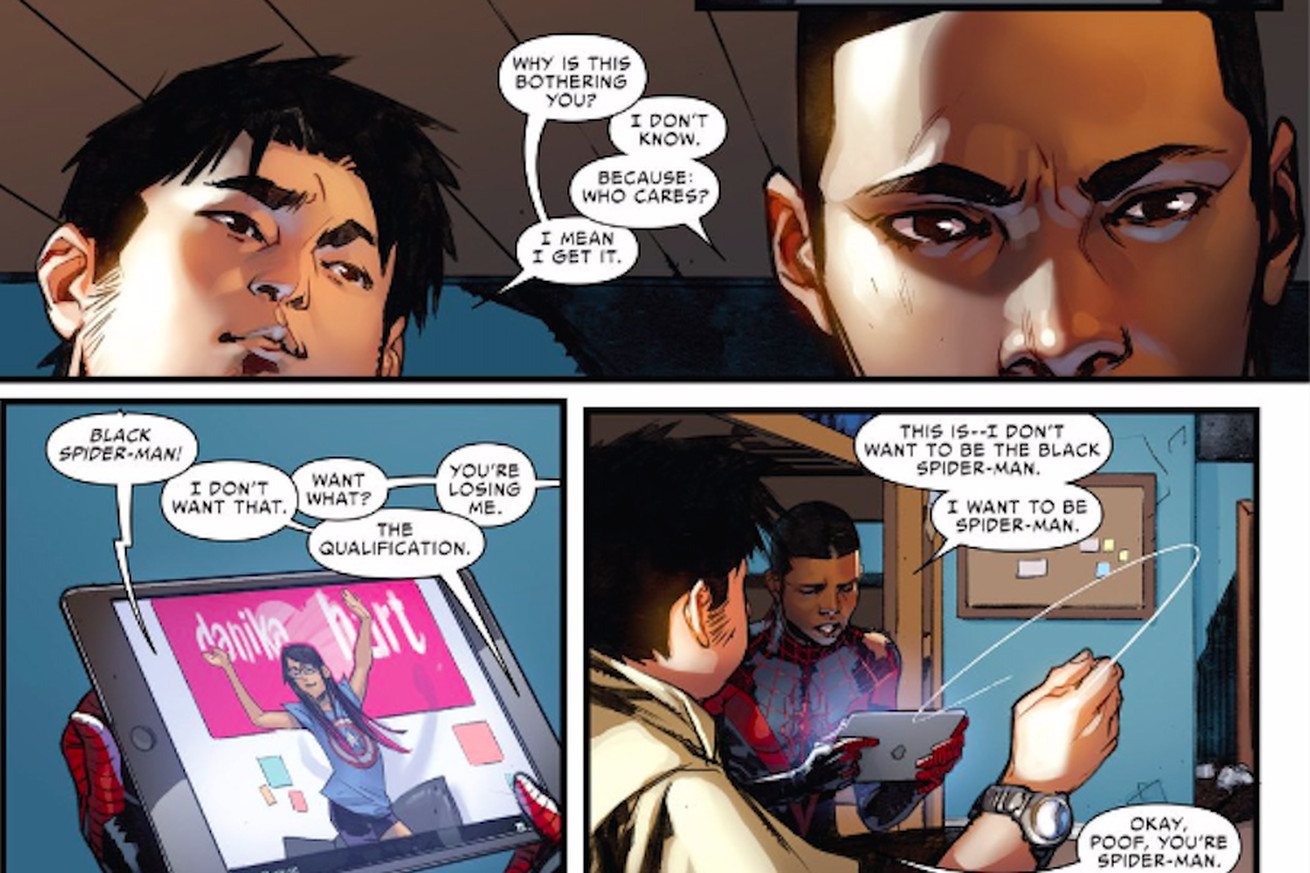I grew up well within earshot of the gunshot
blasts that occasionally pierced the tranquility of warm summer nights,
emanating from the intersection of 23rd and Union. This intersection
was at the heart of Seattle’s historically black, working class neighborhood of
the Central District. For decades this corner was the locus of gang activity,
an open air illegal drug market fueled by the war on drugs, mass incarceration,
and the crack epidemic, the last of which hit the Central District particularly
hard. While violence had largely subsided by the time my family moved into the
neighborhood, and the community was recovering, 23rd and Union was still
a corner to be crossed quickly in the daylight, and wholly avoided at night.
Yet my childhood would come to be
dominated by this neighborhoods transformation. I could only watch as my
neighborhood transformed around me. Between 1995 and 2010, my family went from
the only white family on our block to saying goodbye to the last of our black
neighbors when Mattie, who lived next door, finally sold her house. This
reversal in ethnic demographics was forced by skyrocketing property values that
have coincided with Seattle’s rapid growth. Throughout the city, working class
neighborhoods have been invaded by the wealthy, forcing poor people into the
suburbs to the South of Seattle.
Two blocks South and four more to
the east of my home, 23rd and Union was one of the last places to be
turned over in this process of gentrification. But when it came, it came fast. Ownership
of all four corners changed hands within the last five years, a decades old
soul food restaurant, post office, and bank have all closed. On the southern
side of the intersection, there are development plans for condominiums and an
expensive health food grocery store.
In September of 2014, in the wake of
Washington’s legalization of recreational marijuana under I-502, the city’s
first pot shop opened on the Northeast corner of the intersection. Uncle Ike’s
exemplifies the process of gentrification that has taken over the Central
District and the entire city of Seattle. Furthermore, it is tragically ironic
that on a corner where hundreds, perhaps thousands, of young men have been
arrested and incarcerated for selling weed just to survive, a man by the name
of Eisenberg is now raking in millions by doing the same thing.
The neighborhood has responded with
protests that have occurred off and on since it was publicized the corner would
become Seattle’s first legal pot shop. Overwhelmingly, the sentiment from the
community has been that Eisenberg acted unethically if not illegally in opening
Uncle Ike’s. The Mount Calvary Christian Center, which is located directly next
door, filed a lawsuit in conjunction with the NAACP claiming that Ike’s is
within 250 feet of a teen center, a violation of I-502’s mandated radius from
places like youth centers, schools, and parks.
But the suit was dropped when legal fees piled up, a move which many
felt was an intentional strategy of the exorbitantly wealthy Eisenberg. The
church’s fear comes from memories of the violence drugs historically caused in
the Central District, and preventing the next generation from being influenced inappropriately.
Opening at 23rd and Union
placed Ike’s at the intersection of several social issues effecting Seattle and
the United States. It is a powerful instrument of gentrification, aiding in the
invasion of the wealthy white which has systematically forced working class
minority groups from Seattle’s inner cities into the suburbs to the south. A 23rd
and Union flooded with wealthy white hipsters on Uncle Ike’s opening day was a
disconcerting revelation of the extent to which Central District transformed
throughout my youth. It was also a brutally ironic paradox to the pot shop that
had always existed clandestinely on that corner and in that parking lot. For
decades it was a market riddled with violence, customers and vendors alike were
met with arrest, sweeping countless Seattleite’s into prison as victims of the
drug war. Now it’s the trendy spot, a required tourist stop, where sales are protected
by the cops. It’s a powerful reminder of how the perception of drug use as
amoral usually depends more on the class and race of the individual partaking
than anything else.

/cdn0.vox-cdn.com/uploads/chorus_asset/file/6152405/Screen%20Shot%202016-03-06%20at%207.34.51%20PM.png)





